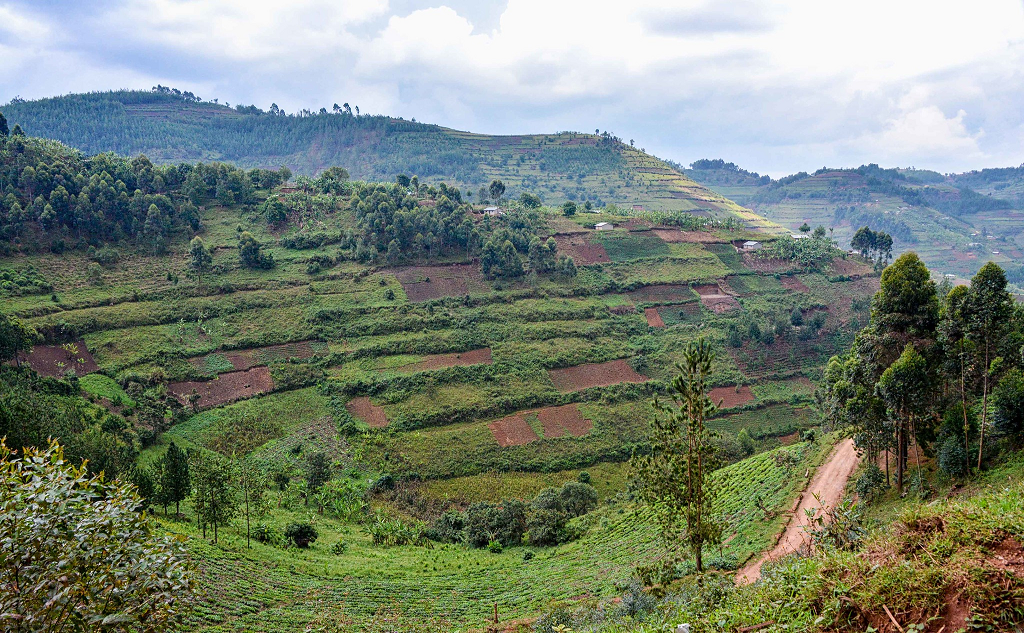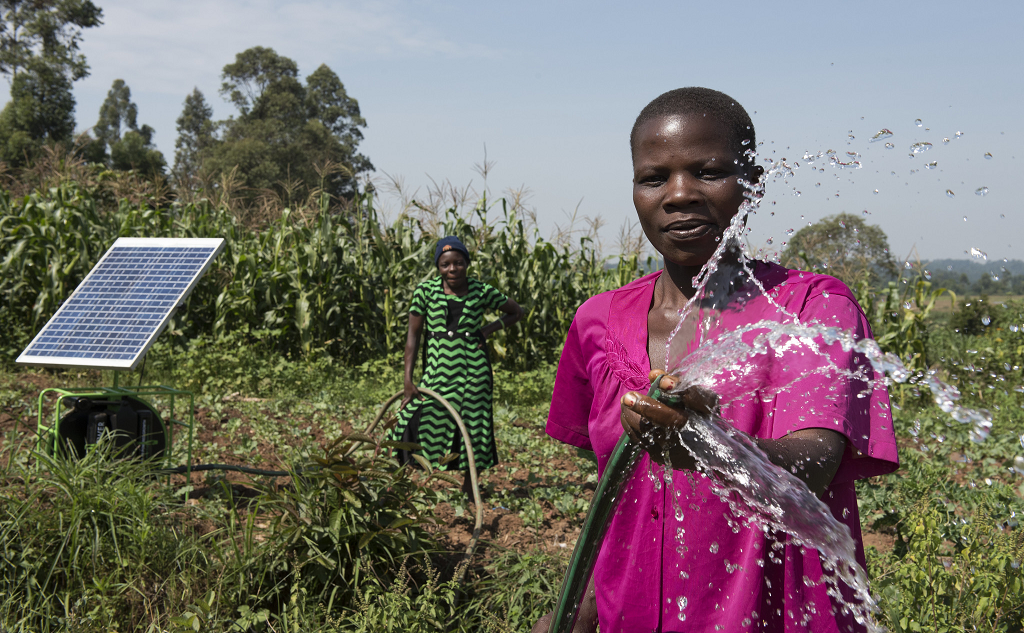African countries together are responsible for only 4% of global carbon emissions, but will suffer heavily from the consequences of climate change. In Uganda, agriculture is already hit by the changing climate, prompting loud calls for a switch to renewable energy sources in the all important sector. Sarah Helen Rüdenauer gives the lowdown.
In 2021, Uganda was ranked in position 171 of 185 nations on the ND-GAIN Index, indicating that it is highly susceptible to climate change but is inadequately prepared to address them. To combat this, the Government of Uganda has implemented a series of regulations, strategies and policies including the Renewable Energy Policy.
While the Ugandan energy sector primarily relies on renewable energy, areas like agriculture have a long way to go. The $2.9 million National Adaptation Plan (NAP), has been introduced to tackle the escalating impacts of climate change, aiming to enhance skills, awareness, and long-term climate adaptation planning, with a particular emphasis on agriculture.
Agriculture forms the cornerstone of the Ugandan economy and hence must be adapted to the consequences of climate change. According to the Ministry of Agriculture, Livestock and Fisheries in May 2022, 72% of Uganda’s workforce was employed in this sector. Most agricultural workers are self-employed with landholdings of less than 2 hectares. Of all Ugandan farmers, the majority are smallholders and own between 1 and 3 hectares of land.
In addition to the limited size of their land, another challenge for farmers is that their farming is mostly manual. This becomes more difficult as soils harden and dry out amid climate change. To date, most machinery, which is mostly fossil fuel powered, is likely to be used for post-harvest processing, such as milling, rather than for primary cultivation.
Farmers in Uganda are being severely impacted by the effects of climate change. Women in particular are disproportionately affected. Of Uganda’s working female population, 70% are engaged in agriculture, compared to 58% of the male population. The confluence of climate change and gender inequality further exacerbates women’s vulnerability, as they often have less essential financial and social resources, such as land ownership, legal support, political participation, paid employment opportunities and governance.

Small lot farming in Uganda (Photo by Rod Waddington, CC BY-SA 2.0 Deed)
Meanwhile 43% of households in Uganda depend on subsistence agriculture as their main source of income. In these households, the agricultural production is primarily intended for immediate consumption, with little surplus for sale. Reliance on subsistence farming can leave families at the mercy of climate variability, as they lack of awareness, knowledge and financial means to adapt to changing conditions. The need for agricultural transformation is great, for example, moving from subsistence agriculture to small-scale commercial farming focusing on producing crops for sale. This will also support the dynamics of industrialization away from subsistence agriculture.
Uganda simultaneously struggles with the challenges of climate change and gender inequality, especially in agriculture, in addition to poverty. Strong demand exists for climate-resilient agricultural products, services, and practices. Renewable energy solutions and promoting gender-sensitive policies are essential to develop a more resilient and sustainable agricultural sector. This not only ensures food security but also contributes to the economic empowerment of women and the overall development of the country. The Ugandan government has adopted a policy framework for the integration of gender equality and food security in its National Strategy for Agricultural Expansion. Furthermore, an Energy Policy for Uganda was adopted as early as 2002, which provides for the increased use of modern energy in agriculture as a component of the “Agricultural Modernisation Plan: Eradicating Poverty in Uganda”.
There is a vast potential of renewable energy for transforming agriculture in Uganda.
Solar energy irrigation systems can ensure a consistent water supply for crop production, especially during periods of drought. These systems are considered relatively affordable for smallholder farmers. Over the years, many products have been introduced, which are becoming more popular and widespread. One of the biggest advantages is that the systems are quite robust.

Irrigating a farm using solar-powered water pump (Photo by IWMI/Jeffery M Walcott / IWMI, CC BY-NC 2.0 Deed)
Recently, the focus has been on using cooling systems to reduce post-harvest losses. Inadequate post-harvest handling results in losses of 25-30% for livestock products and 40-50% for roots, tubers, fruits and vegetables. This exacerbates the widespread problem of malnutrition in the country. Cooling, drying and storage systems can be made powered by renewable energy. As the majority of people depend on agriculture and the effects of climate change increase, smallholder farmers’ incomes will be constantly subject to large fluctuations. Cooling systems will also improve food security, meaning that families will be able to eat healthily and improve their quality of life.
Additionally, using biogas production for soil fertility, as described in a recent blog, holds significant potential. The bio slurry, a byproduct of biogas production, serves as a high-quality fertilizer with substantial benefits.
As extreme and unforeseen weather conditions have posed challenges, access to weather-related decision-making technologies can empower farmers to adapt their practices to changing climate conditions. Farmers can use the information to decide when to plant, weed and harvest their crops. They can also make choices regarding what crops they grow and soil protection measures they should take in the event of flooding. The installation of solar-powered TVs in community centers, providing real-time weather information, presents a viable option however, implementation is still outstanding.
Overall, the focus should be on education and awareness about climate change. After all, the above-mentioned renewable energy solutions, such as solar irrigation, cooling systems, and biogas production, hold immense potential to strengthen the resilience of Uganda’s agriculture. These innovations can not only mitigate the effects of climate change, but also promote economic development and gender equality, ultimately contributing to Uganda’s overall development and food security. Given the multiple challenges Uganda faces, a sustainable, climate-resilient agricultural sector is not only a necessity, but also a path to a more prosperous and equitable future. While efforts are already underway and several initiatives are ongoing across Uganda to introduce irrigation, mini-grid systems and post-harvest and processing systems, the agricultural sector still needs a lot of attention.
The views and opinions in this article do not necessarily reflect those of the Heinrich-Böll-Stiftung European Union.